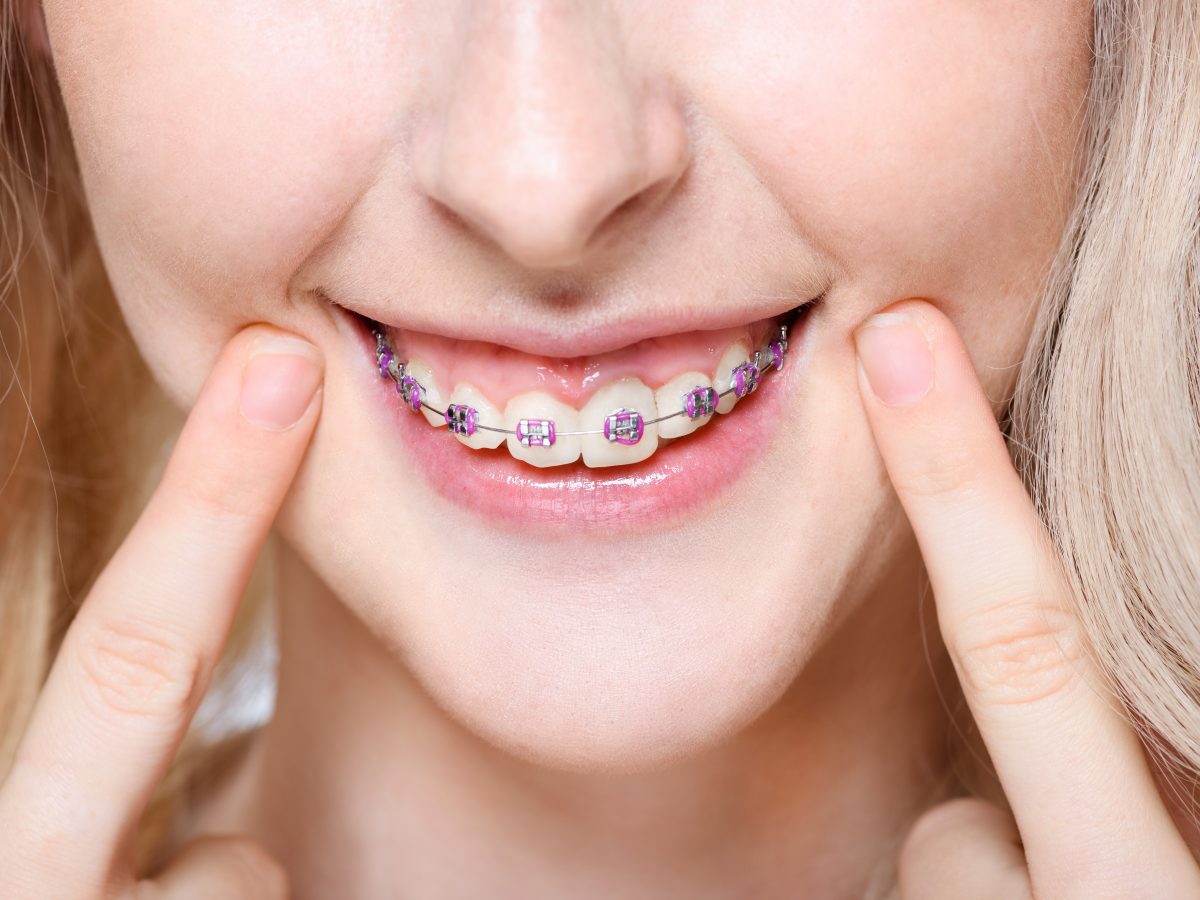How Cumming Orthodontics Can Change Your Smile with Invisalign and Braces
How Cumming Orthodontics Can Change Your Smile with Invisalign and Braces
Blog Article
Comprehensive Overview to Orthodontics Procedures for Remedying Dental Misalignments
Recognizing the details of each procedure, including their systems, benefits, and prospective disadvantages, is important in making informed decisions concerning one's orthodontic treatment. As we browse through the thorough guide to orthodontic procedures for fixing oral imbalances, the intricate details of each method will certainly unfold, dropping light on the path towards a harmonious and practical dental placement.
Orthodontic Procedures Review

Along with standard dental braces and clear aligners, orthodontists might likewise recommend various other interventions like headwear, palatal expanders, or retainers to resolve certain alignment concerns (invisalign). These treatments are customized to each client's special requirements and might involve a combination of treatments to accomplish the desired outcomes. Normal changes and monitoring are important parts of orthodontic therapy to make sure development gets on track and to make any kind of essential adjustments in the process. By going through orthodontic procedures, people can not only accomplish a straighter grin however also boost their total dental wellness and function.
Traditional Dental Braces: How They Function
When considering orthodontic treatments for dental misalignments, typical braces attract attention as a tried and true approach for correcting teeth placing. Conventional braces contain brackets, wires, and bands that interact to use constant stress on the teeth, slowly moving them right into the wanted alignment. The braces are connected to the teeth using an unique adhesive, and the cords are threaded through the brackets. By adjusting the stress of the cords, orthodontists can regulate the direction and force put on each tooth, leading them right into appropriate alignment in time.
As pressure is applied to the teeth via the braces, the bone surrounding the teeth is reshaped to support the brand-new tooth positions. People will need routine modifications at the orthodontist's workplace to guarantee the dental braces proceed to apply the correct pressure for efficient teeth movement.
Unnoticeable Aligners: Advantages And Disadvantages
Undetectable aligners offer a practical and very discreet alternative to conventional dental braces for dealing with oral imbalances. These clear, personalized trays are basically undetectable when used, making them an enticing option for individuals looking for a much more cosmetically pleasing orthodontic therapy. Among the key advantages of unseen aligners is their removability, permitting simpler upkeep of dental her latest blog hygiene contrasted to standard dental braces. Individuals can remove the aligners before eating or brushing their teeth, minimizing the threat of food getting stuck in the device and streamlining the cleaning process.

Surgical Orthodontic Options
Surgical interventions in orthodontics present sensible alternatives for resolving complex oral misalignments that might not be effectively settled through conventional orthodontic therapies. While typical dental braces and unnoticeable aligners can correct numerous orthodontic problems, certain situations call for medical intervention to attain ideal outcomes. Surgical orthodontic alternatives are generally advised for serious malocclusions, considerable jaw disparities, and instances where the underlying bone framework requires modification browse this site to attain appropriate positioning.
One typical medical orthodontic procedure is orthognathic surgical procedure, which includes rearranging the jaws to deal with practical concerns such as trouble eating or speaking. This surgical treatment is typically carried out in collaboration with an orthodontist who assists align the teeth prior to and after the treatment. Surgical orthodontics may also include treatments to subject influenced teeth, remove excess periodontal tissue, or improve the jawbone to create a much more harmonious facial account.
Before taking into consideration medical orthodontic alternatives, clients undergo an extensive examination to identify the requirement and possible advantages of such treatments. orthodontist. While surgical treatment may appear daunting, it can considerably boost both the feature and looks of the smile in cases where standard orthodontic treatments drop short
Retainers and Post-Treatment Treatment

Failing to comply with post-treatment treatment directions can result in regression, where the teeth progressively move back towards their initial placements. Regular retainer wear, great dental health, and routine oral examinations are essential for preserving the results attained with orthodontic surgery and making certain the long-lasting stability of the corrected dental positioning.
Verdict
Finally, orthodontic procedures offer various options for fixing oral imbalances. Traditional dental braces utilize metal brackets and cords to move teeth into correct alignment. Unseen aligners provide an even more discreet choice however might not be appropriate for all instances. Surgical orthodontic choices are readily available for much more serious imbalances. Retainers are typically used post-treatment to keep the new placement. On the whole, orthodontic treatments can properly enhance oral health and wellness and aesthetic look.
As we browse through the thorough guide to orthodontic treatments for remedying dental imbalances, the intricate information of each method will certainly unfold, losing light on the path towards a unified and practical dental placement. - orthodontist
One of the most common orthodontic therapies is the use of dental braces, which are composed of steel braces and cords that apply mild stress to progressively move teeth into the preferred position.When considering orthodontic treatments for oral imbalances, conventional dental braces stand out as a time-tested approach for correcting teeth positioning. In addition, unnoticeable aligners might not be suitable for complicated orthodontic concerns that call for even more substantial teeth movement, as they are usually advised for light to moderate cases. Retainers are custom-made orthodontic devices developed to hold teeth in their corrected settings after the conclusion of orthodontic therapy.
Report this page